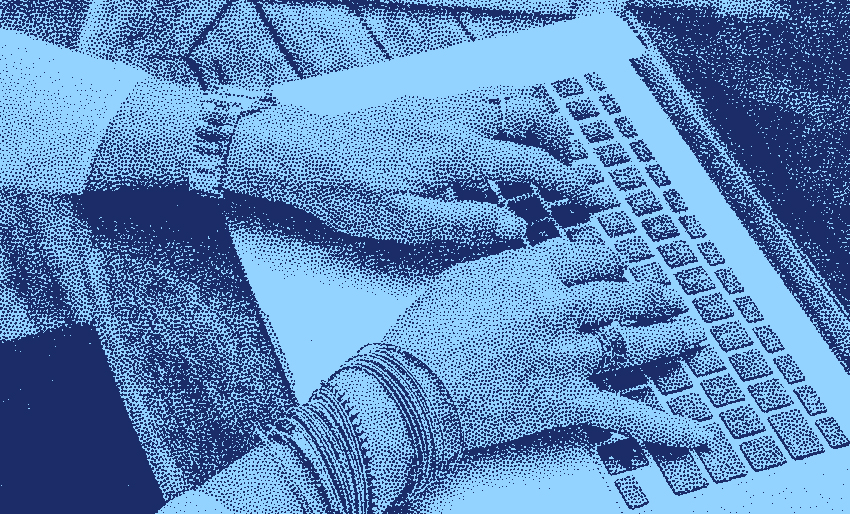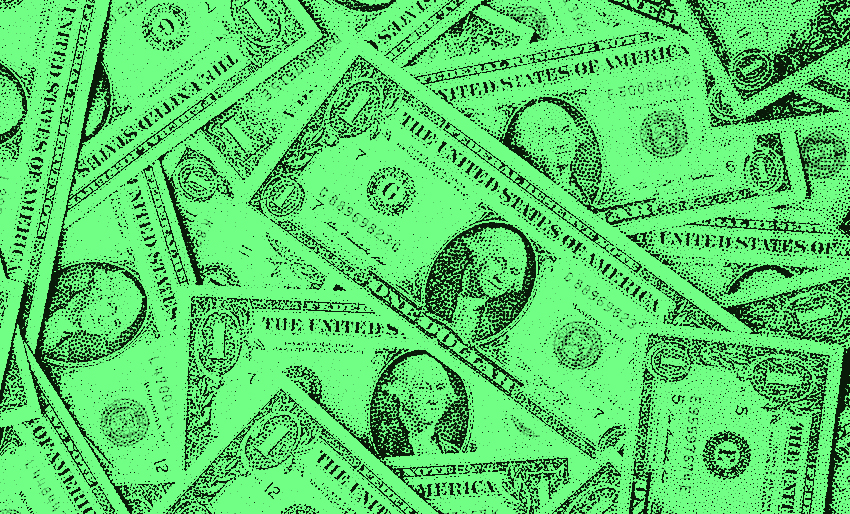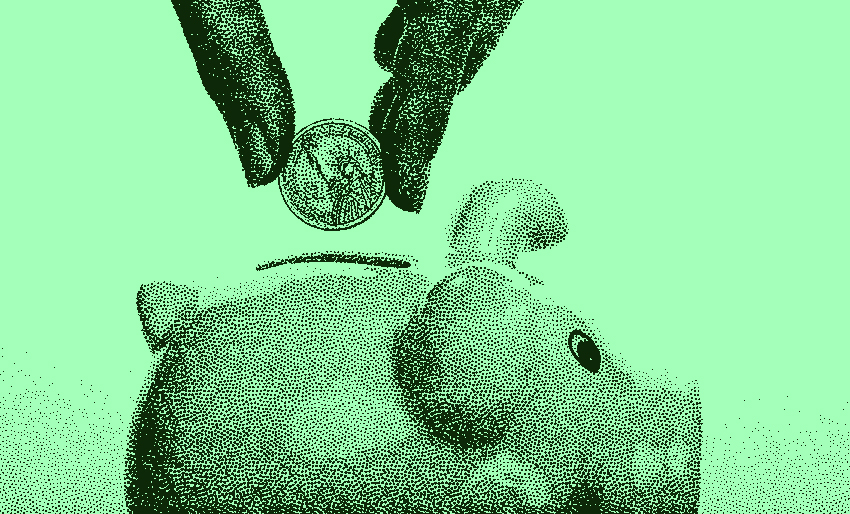The President Has Now Signed a Massive $2 Trillion Economic Relief Bill into Law. So What Does that Really Mean?
We’ve updated this post since the bill has now passed through Congress and has been signed into law by the President.
This afternoon (March 27th) the President officially signed an unprecedented $2 trillion economic relief/stimulus bill into law to help reduce the impact of the coronavirus and government mandated shut downs.
So what’s in the law?
There are a number of moving parts, but here are the big items
Payments to individuals: Individuals making up to $75,000 a year are expected to get checks for $1,200, and couples making up to $150,000 would get $2,400, with an additional $500 per child. The payments will decrease for people making more, maxing out at individuals earning $99,000 and couples earning $198,000.
Increase in unemployment insurance: Unemployment insurance will also be increasing for four months with higher payments ($600 per week) and inclusion of freelancers, gig economy workers, and furloughed employees who wouldn’t normally qualify.
Money for hospitals: $100 billion in assistance for hospitals.
Money for businesses: $350 billion in assistance for small businesses. $500 billion for larger businesses that have been particularly hard hit.
Money for states and local governments: $150 billion
The Federal Reserve is acting too
Keep in mind, this is in addition to efforts being made by the Federal Reserve.
As we mentioned in our post yesterday, the Fed, which controls the nation’s money supply, announced they “will purchase Treasury securities and agency mortgage-backed securities in the amounts needed to support smooth market functioning and effective transmission of monetary policy to broader financial conditions and the economy.”
This essentially means unlimited quantitative easing – they’re going to buy government bonds and mortgage-backed securities to stabilize financial markets (hopefully). Their end goal is to ensure businesses can continue to get funding during the economic turbulence so they can stay open and maintain payroll.
What’s next?
It’s a little unclear exactly how long it will take for the programs to go into effect. The White House and some members of Congress have stated that some people will receive their checks within weeks.
We’ll keep you posted as more info comes out. So until next time, be safe, stay healthy, and help out others when you can.
A short note to our community (and no, we aren’t asking you for money)
As an upstart financial education/media team, we work hard to offer free, unbiased explanations and insights of the financial world. But we compete against some big companies. So if you like what you see, please consider sharing with friends and family, signing up for our newsletter below, or following us on social media @ findwesdotcom (Facebook, Twitter, Instagram, LinkedIn). Any support would help us out A LOT.
And if you have any suggestions, questions, comments, please feel free to reach out at info@findwes.com. Thanks for your support.
Anything else we can help you with?
► Most recent market recap: 3-20-20
► Read our recent post “Are stocks cheap now?”
► Check out our Investing Cheat Sheet for a general overview of investing
► Learn how to file your taxes quickly and easily with tax preparation software



